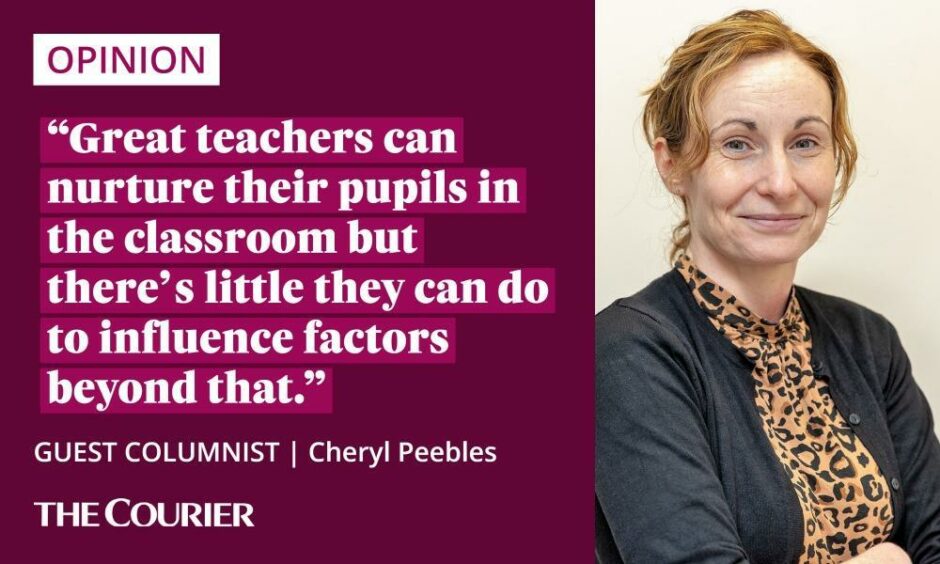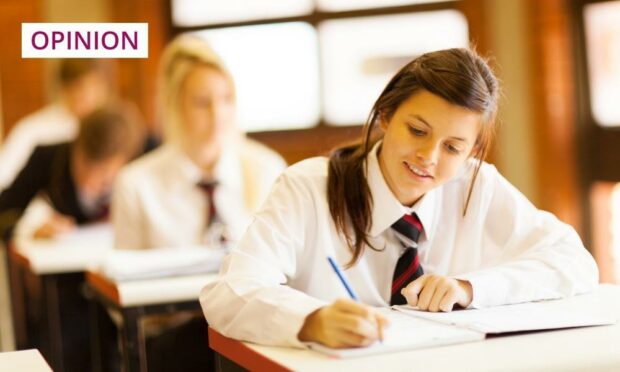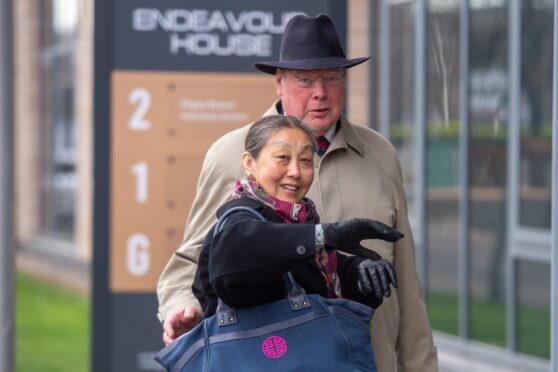Publishing school league tables is controversial.
People love to see where their children’s or their own current or former schools are placed based on their exam successes.
But many who work in education are strongly opposed to the ranking of schools, saying it shames those languishing at the bottom and fails to recognise wider accomplishments.
There are many factors affecting what proportion of a school’s pupils will leave with the ‘gold standard’ of five or more Highers.
That’s the figure regarded as a benchmark of attainment as it’s often a university requirement.
And a school’s teaching performance and its ability to coach its pupils to pass exams is just part of the picture.

Sadly, the deprivation levels in a school’s catchment area play a big role in determining how many of its pupils will excel academically.
And that reason alone is enough to justify publishing league tables.
New tables illustrate divide between rich and poor
Take a look at The Courier Schools League, showing the attainment data for Tayside and Fife secondary schools.
The top 11 is dominated by schools with fewer than 10% of their pupils living in the most deprived areas – those which sit in quintile one of five in the Scottish Index of Multiple Deprivation.
By contrast all of the schools with 40% or more of their pupils from the most deprived areas are in the bottom half of the table.
School league tables help to shine a light on the attainment gap which exists between Scotland’s most and least affluent children.
Tariff scores for school leavers – points based on their academic awards – were also among attainment data released by the Scottish Government on Wednesday.
And Scotland-wide the average score for those in the most deprived areas – 684 – was only just over half of that for those in the least deprived – 1,306.
So raising attainment is about much, much more than teaching.
And schools can’t do it alone.
Tackle poverty and results will follow
The ability to succeed, both academically and vocationally, should not depend on a person’s postcode.
A child’s chances of achieving the qualifications which might win them a place in university or college or otherwise help them into a fulfilling career should not depend on where they are brought up.
But for too many youngsters that remains the reality.
Great teachers can nurture their pupils in the classroom but there’s little they can do to influence factors beyond that.
Social, health and economic inequality are wider societal issues to be dealt with beyond the school gates.
And tackling poverty – which is growing rather than shrinking – is the key to enabling those on the wrong side of the attainment gap to catch up with their peers on the right side.
Cheryl Peebles is head of The Courier’s Schools and Families team and a mother of two.











Conversation